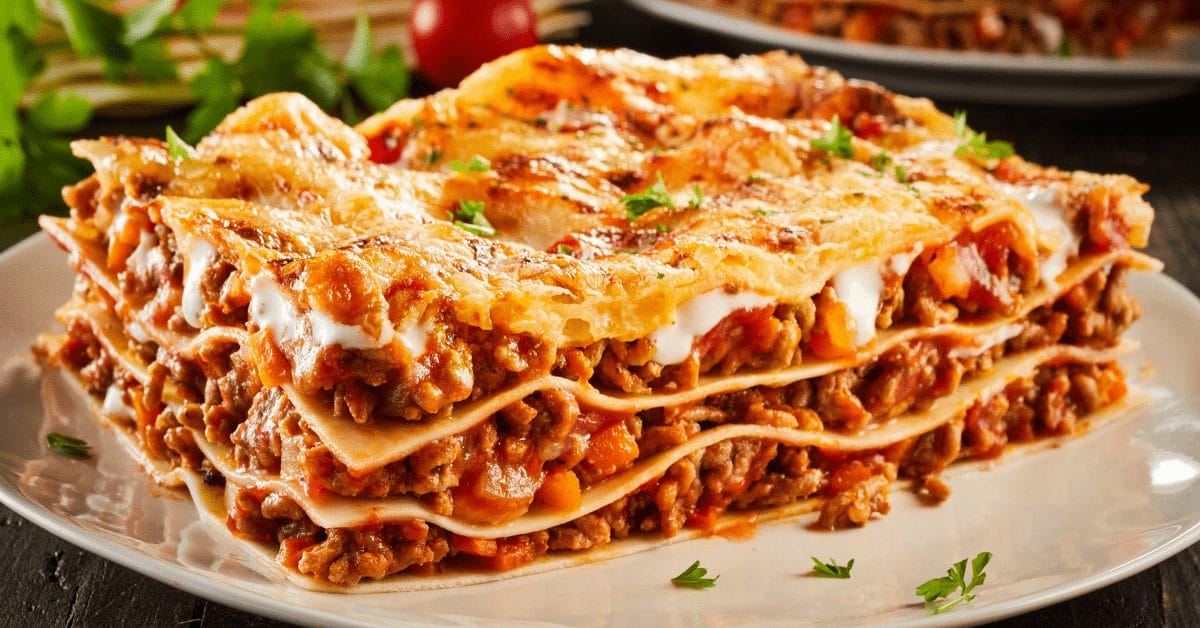If you’ve set aside time to visit Italy this year and you’re not planning to go on at least some kind of food tour, then you’ll be missing out hugely. Italy is one of the most prominent nations in the world when it comes to cuisine; they’re matched only by France in terms of culinary reputation, and the number of staple dishes that were originally invented in Italy is staggering. With that said, there are certain foods that you absolutely must experience if you decide to visit Italy. Here are some of the best Italian dishes that you should seek out if you’re travelling there soon.
Focaccia
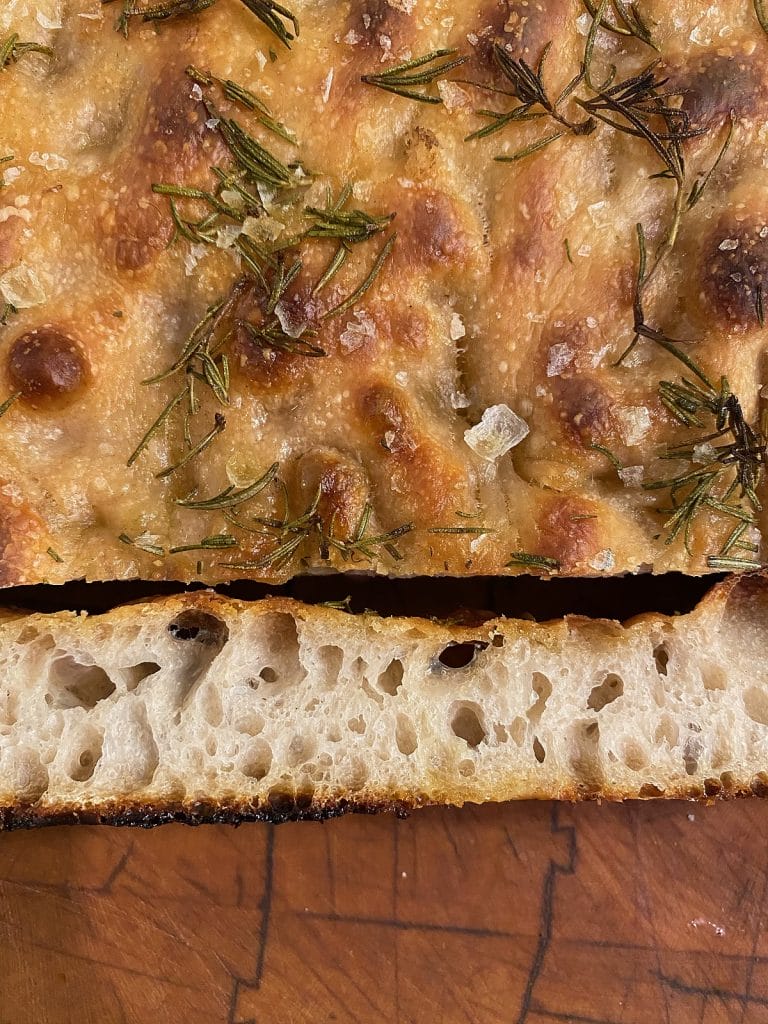
If you’ve yet to try focaccia, then you absolutely must try it in Italy. This delicious flatbread is made using olive oil and seasoned using salt; the right kind of focaccia has just about enough give to bounce back when you push down, but it’s still crispy on the outside and soft on the inside. Originally, focaccia was made in north-western Italy, but it’s managed to work its way down and across the country, winning the hearts of Italians and the rest of the world as it went.
Tiramisu
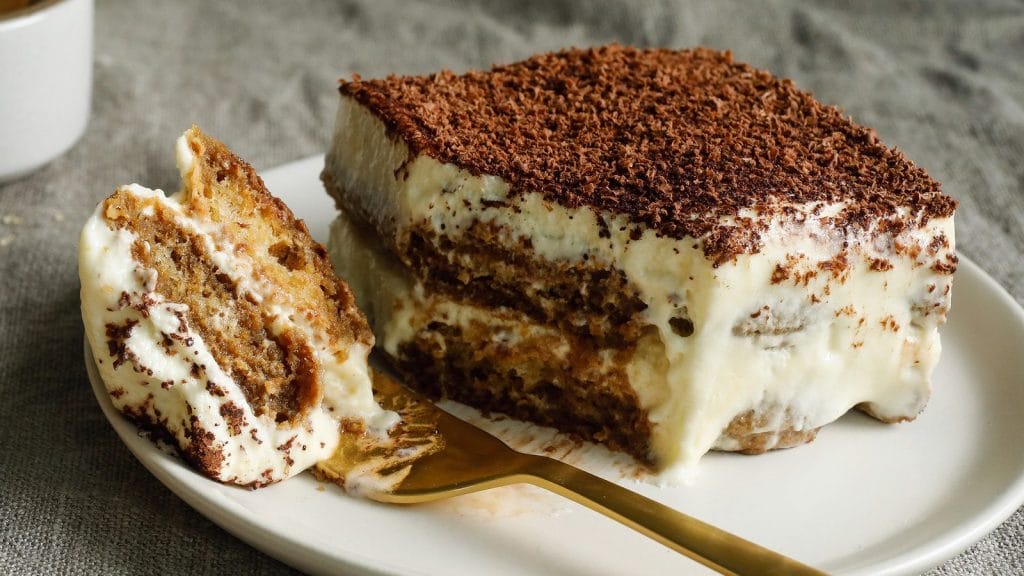
This incredible Italian dessert is made using a layer of biscuits dipped in liqueur wine and coffee, as well as cream and cocoa. When made right, it’s light and fluffy, but it’s still incredibly indulgent; eating a great tiramisu somehow feels both grown-up and childlike, a return to eating “forbidden” desserts that contained just a touch of alcohol. Fun fact: the word “tiramisu” derives from “tireme su”, a phrase used in Treviso in the 19th century.
Pizza

But of course. Domino’s Pizza recently had to vacate Italy, and frankly, we’re surprised it took them this long to leave. Italy will accept only the very best when it comes to pizza, no substitutes (and certainly no non-Italian pretenders to the throne). Italy likes a thin, crispy pizza rather than the kind of massive-crust monstrosities that Domino’s likes to make, and although we have a soft spot in our hearts for those as well, you just cannot beat a real Italian pizza.
Pasta
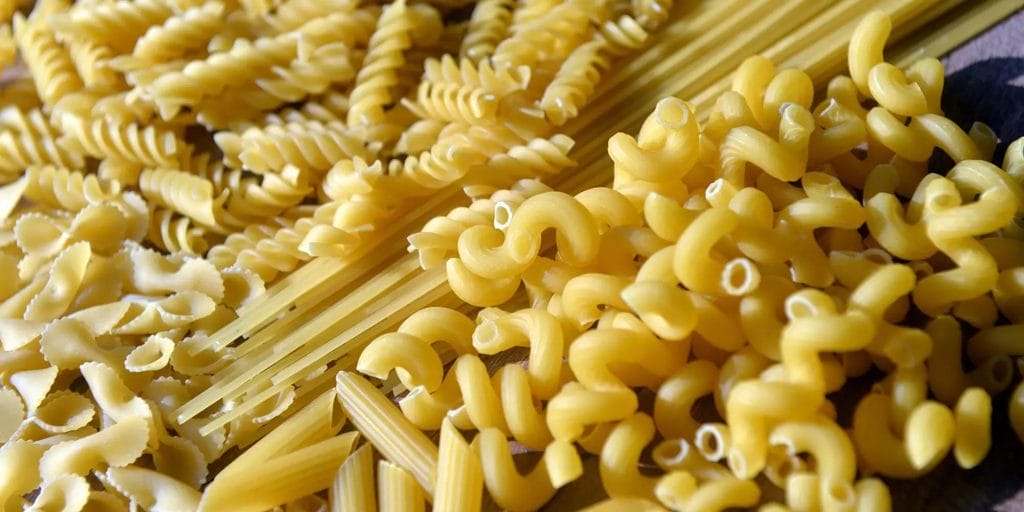
You really can’t go wrong with Italian pasta. Whether you like to eat slippery spaghetti, porous penne, or cute conchiglie, you’ll find a pasta that caters for your tastes in Italy, and a range of sauces to accompany it besides. Classic sauces include Napoletana, which is a fairly basic tomato and onion sauce, as well as carbonara, which is a cream-based alternative that adds bacon and cheese into the mix as well. Pasta may just be a vessel for these sauces, but what a vessel it is.
Frico
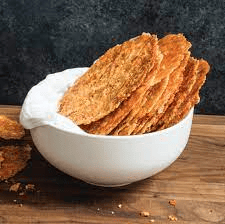
Here, we turn to a slightly more underrated Italian dish. Much has been made of dishes like pizza and pasta, but frico isn’t always mentioned in the same breath, and it should be. In essence, it’s an omelette made with butter and onions, as well as Montasio cheese (which you can omit if you really don’t like cheese, but doing so might incur the wrath of the Italians). Whether you like the harder or softer frico, it’s a delicious dish, so make sure to add it to your bucket list!
Gelato

There’s a big difference between what we know as ice cream and what the Italians call gelato. Ice cream has more air pockets and is not quite as milky as gelato, whereas gelato is often thicker and more dense than ice cream (although not quite as thick and dense as Indian kulfi, for example). A great gelato is smooth, flavoursome, and moreish, but it never feels quite as cloying or overly sweet as an American ice cream can, for example.
Prosciutto di Parma
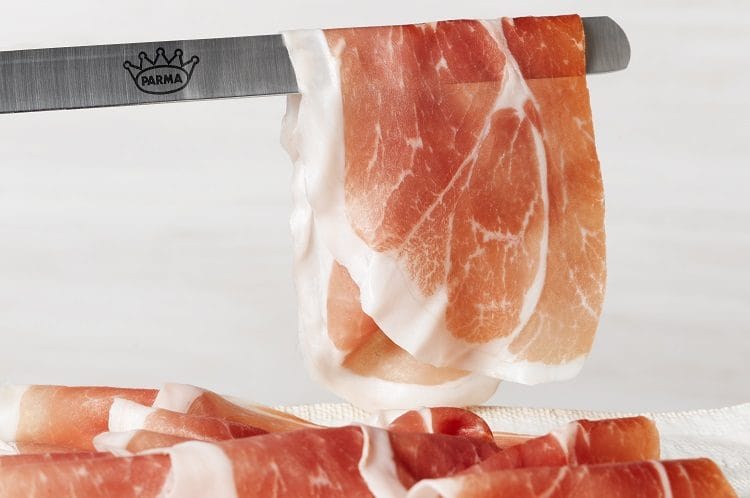
Otherwise known as Parma ham, prosciutto di Parma is one of the most delectable ways to eat meat. Real prosciutto di Parma is cut into incredibly thin slices, so you won’t get any of that thick-cut ham that you might find in the UK or the US, for example. It’s usually served cold as part of a platter of other meats and cheeses, but you might also find it accompanying flatbreads like the focaccia we’ve already talked about. It also works great with pasta (assuming you have the right sauce, of course)!
Fiorentina steak

There’s a very particular way to prepare Fiorentina steak (which is, of course, named after the Italian city of Florence). It must always be rare, so you can’t cook it medium or well-done, and it adheres to a specific set of weights and cooking parameters. At the end, what you’re left with is a mouthwateringly juicy steak that simply falls apart in your mouth. Drizzle it with olive oil and salt it at the end of preparation, but don’t ruin its delectable flavour with other spices or herbs.
Lasagne
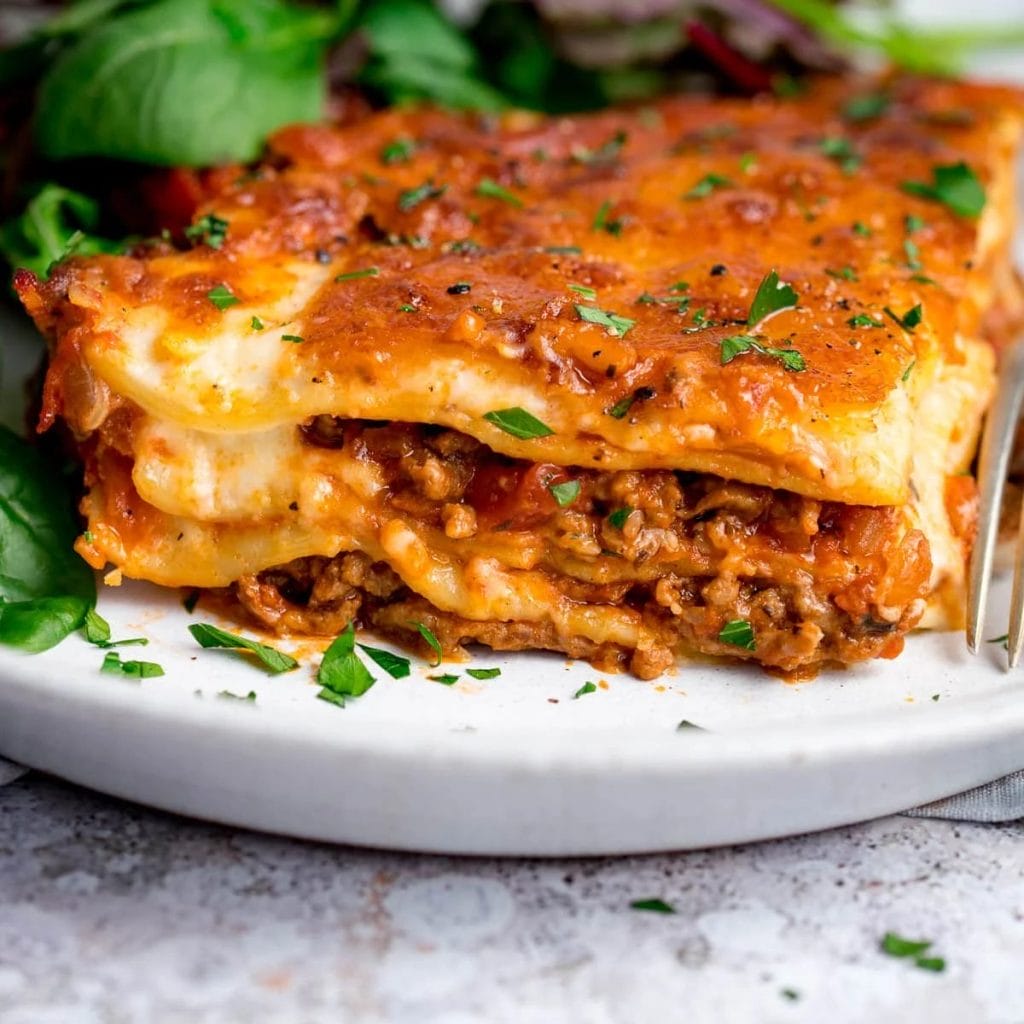
Lasagne is often considered a difficult dish for beginner chefs to attempt, and rightfully so; getting the balance between meat, sauce, and pasta right is very difficult indeed. However, if you manage to achieve that balance, what you’re left with is a dish that is surprisingly light, given how heavy it looks like it should be. Good lasagne is also incredibly flavoursome and rich, shot through with the deep tones of beef, the sweetness of tomato, and the tanginess of cheese.
Ribollita
Ribollita is a throwback to rural Italian poverty. It contains vegetables, bread, and beans, making it a rich, stout soup that’s reminiscent of English stews or casseroles. Legend has it that Italian families would keep the same bowl of ribollita for many days, reheating it as necessary when a hearty meal was required. Naturally, you won’t find the delicate, diverse flavours of Italian “haute cuisine” here, but what you will find is a satisfying meal that’s guaranteed to fill you up.


